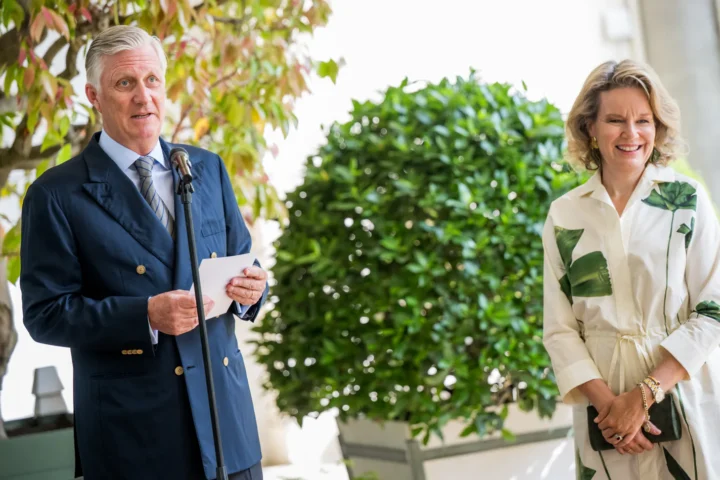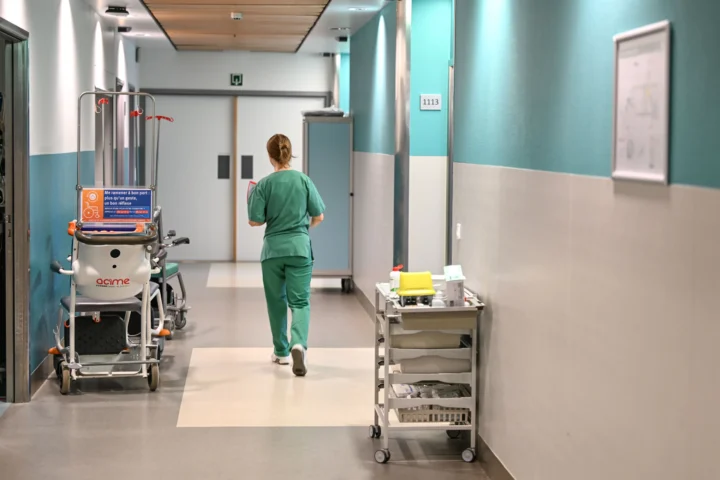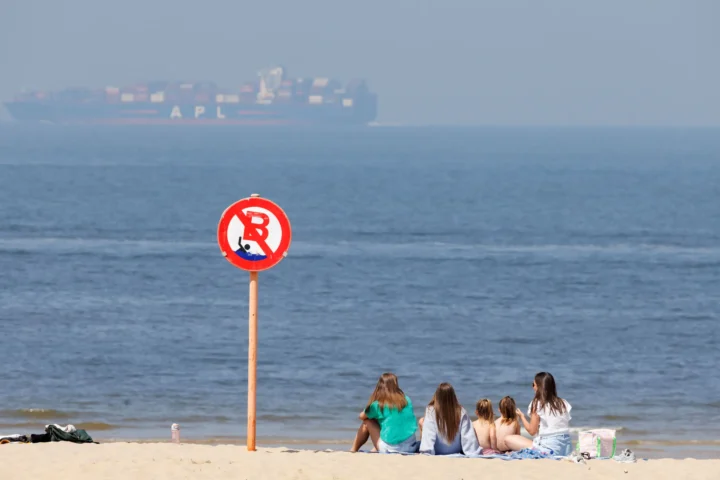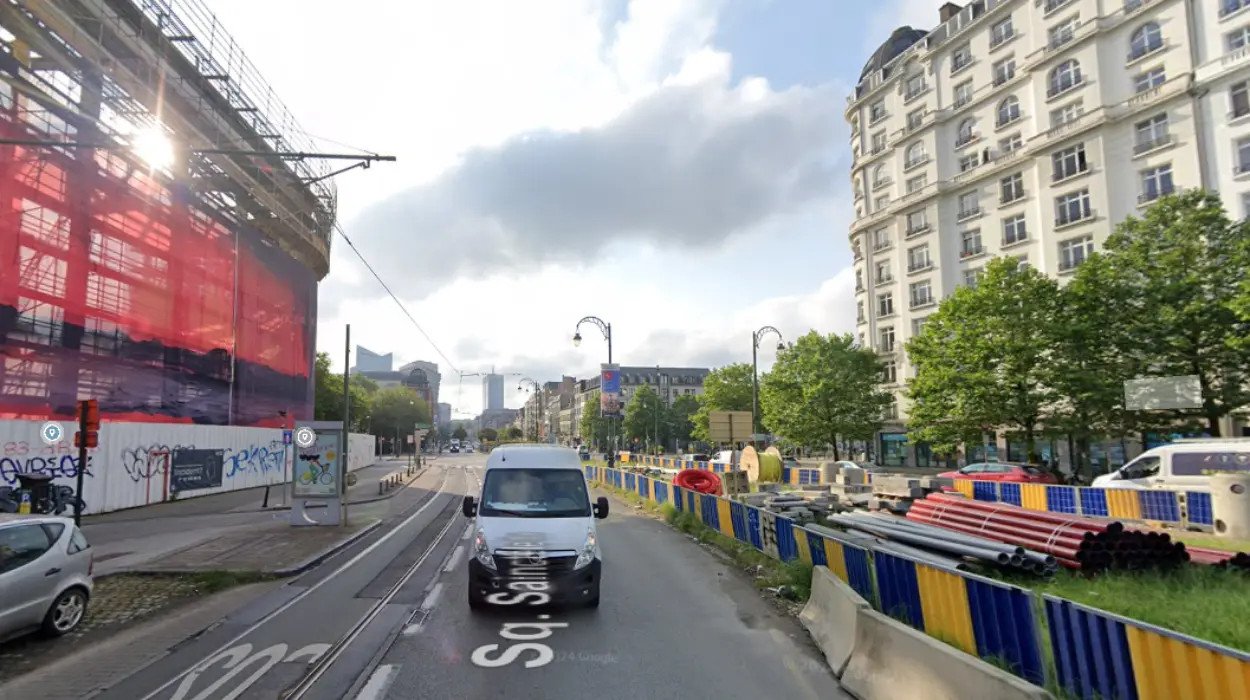Dozens of human skeletons have been found in what was once a 13th-century hospital graveyard during work to install new water pipes and tram tracks in Brussels.
The remains of at least 30 people were found during the excavation by water company Vivaqua and public transport operator STIB in the Sablon area of the capital. An archaeological investigation has started and the bones are being exhumed.
“A piece of our city’s history is coming to light under the historic cobblestones of Rue de la Régence and the Petit Sablon,” secretary of state Ans Persoons said. “These archaeological remains remind us that this place was the cemetery of the former Saint-Jean hospital for almost 400 years.”
Between 1295 and 1704, the site was an important burial ground, located just outside the medieval city walls and initially used mainly for the poorest citizens, foundlings and orphans.
It was only in the course of the centuries that wealthier residents began to be buried there, with the expansion of the city and the transformation of the area into an affluent urban neighbourhood. The cemetery encompassed almost the entire area now known as the Sablon.
“A piece of our city’s history is coming to light under the historic cobblestones of Rue de la Régence and the Petit Sablon”
After wealthier locals complained about the inconvenience, such as the smell and the barking of dogs, the city eventually decided to move the cemetery in 1704 to Rue de Montserrat and Rue de la Prévoyance, where it remained until 1784.
The excavations are of great importance to the history of Brussels. They provide detailed knowledge about a part of the population and the way they lived, and give an insight into the social structure of that period, according to urban planning service urban.brussels.
Unique opportunity
“Unlike other finds in parish churchyards, this is a hospital graveyard, which allows us to study a part of the population and a specific way of burying the dead,” a spokesperson said.
The excavation could also yield important discoveries about the evolution of topography, infrastructures and buildings in the city.
KU Leuven archaeology students are involved in the excavations. “We’ve currently found 30 skeletons, but more keep turning up,” said student Maya Bollaerts. “It’s unique for such a large number of skeletons to have been found in the middle of a city, and it’s also a unique opportunity for us.”










